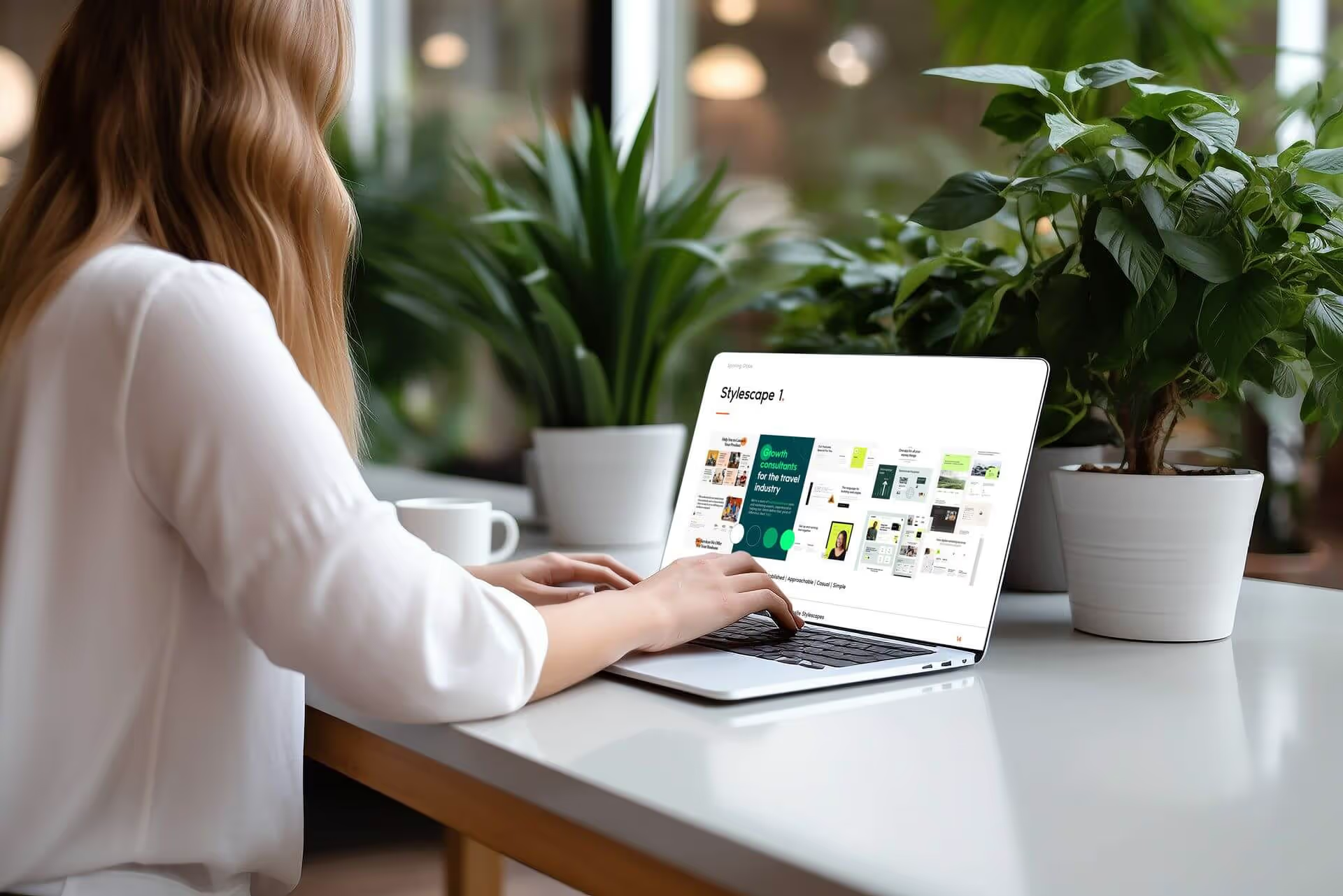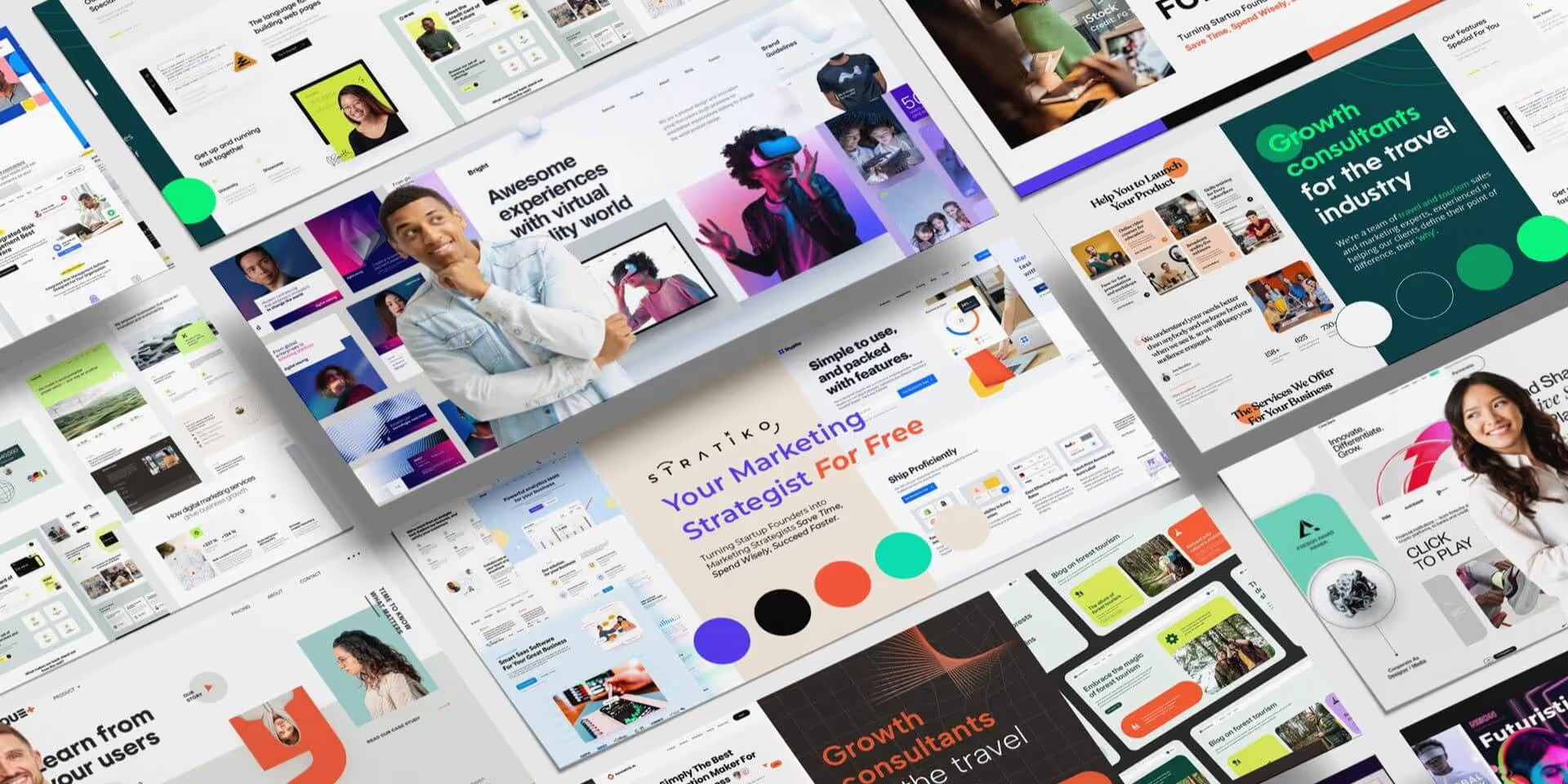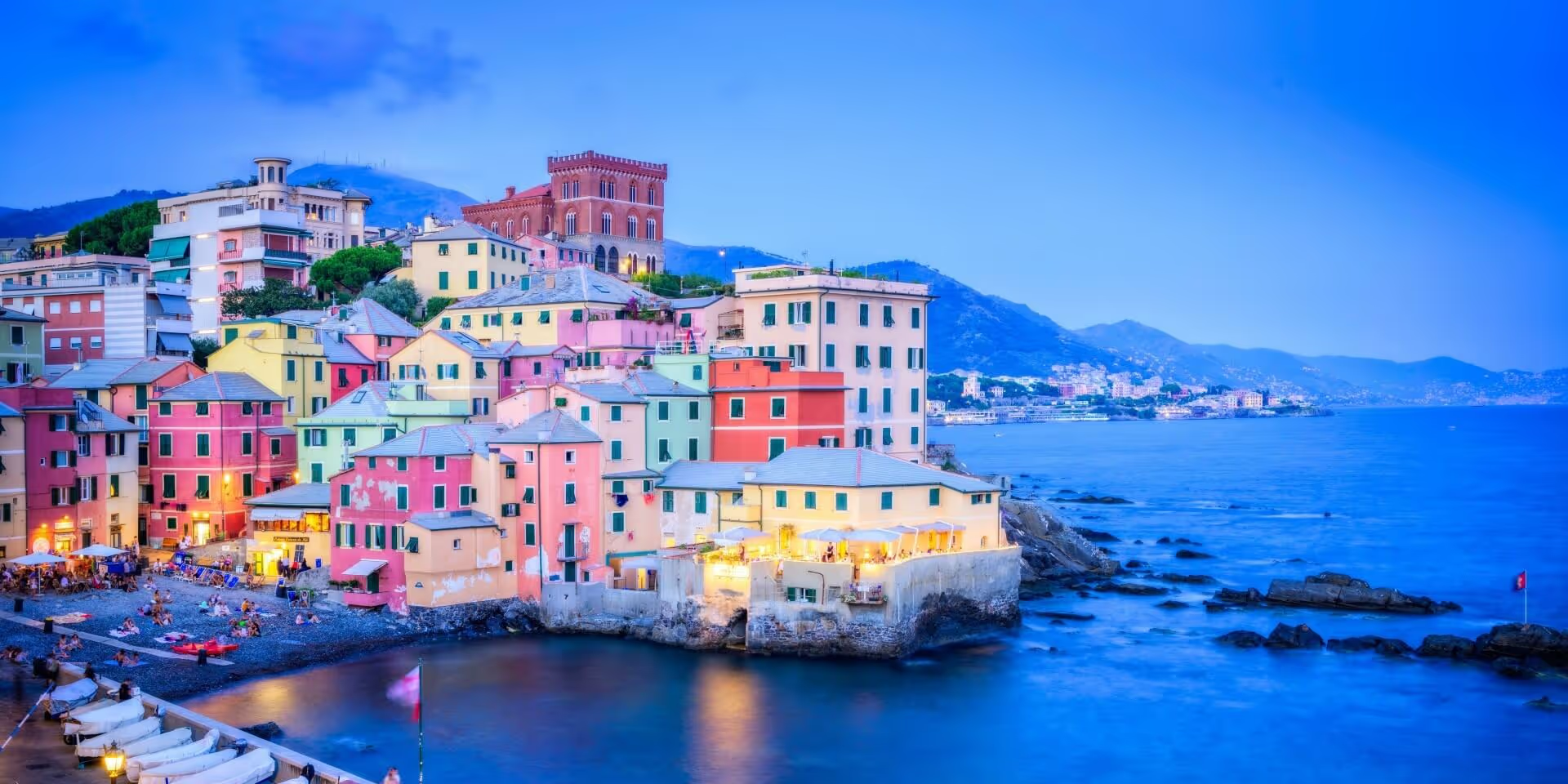In the realm of design and branding, the term "stylescapes" is gaining traction as a critical tool for visual storytelling and project alignment. But what exactly are stylescapes, and why are they important? This article delves into the concept, its history, significance, and how it can be effectively utilised in the design process.
What are stylescapes?
Stylescapes, sometimes likened to mood boards, are curated visual representations that encompass the aesthetic direction of a project. They include elements such as colour palettes, typography, imagery, textures, and patterns that collectively convey the intended look and feel of a brand or project. Unlike traditional mood boards, stylescapes are more structured and detailed, offering a cohesive visual narrative that aligns with a project's strategic goals.
The history of stylescapes
The concept of stylescapes evolved from the traditional use of mood boards in the design industry. Mood boards have been used for decades as a way to collect and present visual inspiration. However, the need for a more structured and strategic approach led to the development of stylescapes. The term "stylescape" is relatively new and is often attributed to modern design practices that require more detailed and cohesive visual planning.
The exact origins of stylescapes are difficult to pinpoint, but they gained prominence in the early 2000s with the rise of digital design and branding agencies seeking to provide clients with a clearer, more comprehensive view of their design direction. Unlike mood boards, which can be somewhat abstract and open to interpretation, stylescapes are designed to be more precise and actionable.
The role of stylescapes in design
- Alignment and Clarity: Stylescapes serve as a visual roadmap, ensuring that all stakeholders have a clear understanding of the design direction. They bridge the gap between abstract ideas and tangible visuals, providing a concrete reference point for discussions and decisions.
- Client Communication: They are an excellent tool for presenting and communicating design concepts to clients. By visualising the aesthetic elements, clients can provide more informed feedback, leading to a smoother design approval process.
- Creative Exploration: Stylescapes allow designers to explore different visual directions and experiment with various elements. This creative exploration is crucial in finding the most effective way to represent a brand's identity.
- Consistency: They ensure consistency across all design elements. By defining the visual language early on, stylescapes help maintain a cohesive look and feel throughout the project, from the website to marketing materials.
Creating effective stylescapes
To create effective stylescapes, follow these key steps:
- Understand the Brand: Before creating a stylescape, it's essential to have a thorough understanding of the brand's values, mission, and target audience. This foundational knowledge guides the selection of visual elements that resonate with the brand's identity.
- Gather Inspiration: Collect a wide range of visual inspirations. This could include photographs, illustrations, typography, colour swatches, and textures. Tools like Pinterest or Adobe Spark can be useful for gathering and organising these inspirations.
- Define the Structure: Unlike a mood board, a stylescape should have a clear structure. Arrange the elements in a way that tells a visual story. Group related items together to highlight the connections between different design aspects.
- Incorporate Key Elements: Ensure the stylescape includes all the critical elements of the design project:some text
- Colour Palette: Define the primary and secondary colours.
- Typography: Select the fonts that align with the brand’s tone.
- Imagery: Use images that reflect the desired mood and style.
- Patterns and Textures: Add visual interest and depth.
- Icons and Graphics: Include any specific graphic elements that will be part of the brand’s visual language.
- Present and Refine: Present the stylescape to the client or team for feedback. Be prepared to explain your choices and make adjustments based on the feedback received. This iterative process ensures that the final stylescape is aligned with the project's goals.

Stylescapes in practice
At Boost, stylescapes play a pivotal role in our design process. They are an integral part of our UI/UX design services, ensuring that every project we undertake is visually compelling and strategically aligned.
Case study: Travel & leisure branding
For a recent project with a luxury travel brand, we utilised stylescapes to define the visual direction. The brand wanted to convey a sense of exclusivity and adventure. By creating stylescapes that combined elegant typography, rich colour palettes inspired by nature, and high-quality imagery of exotic locations, we were able to present a cohesive vision that resonated with the client’s aspirations.
Benefits of using stylescapes
- Enhanced Client Satisfaction: Clients appreciate the clarity and direction provided by stylescapes. They can see how different elements come together to create a unified brand identity.
- Streamlined Design Process: With a clear visual guide, the design process becomes more efficient. Designers can refer back to the stylescape to ensure they stay on track, reducing the likelihood of major revisions later on.
- Strategic Decision Making: Stylescapes are not just about aesthetics; they are a strategic tool. By aligning the visual elements with the brand’s strategic goals, stylescapes ensure that design decisions are purposeful and impactful.
Conclusion
Stylescapes are a powerful tool in the design process, offering a blend of creative exploration and strategic alignment. They provide clarity, consistency, and a cohesive vision that guides the design journey from concept to completion. At Boost, we leverage stylescapes to ensure that every project not only meets but exceeds client expectations, delivering visually stunning and strategically sound results.
Ready to elevate your brand with a well-defined visual identity?
Contact Boost today to see how we can help you create a compelling stylescape that brings your vision to life.




